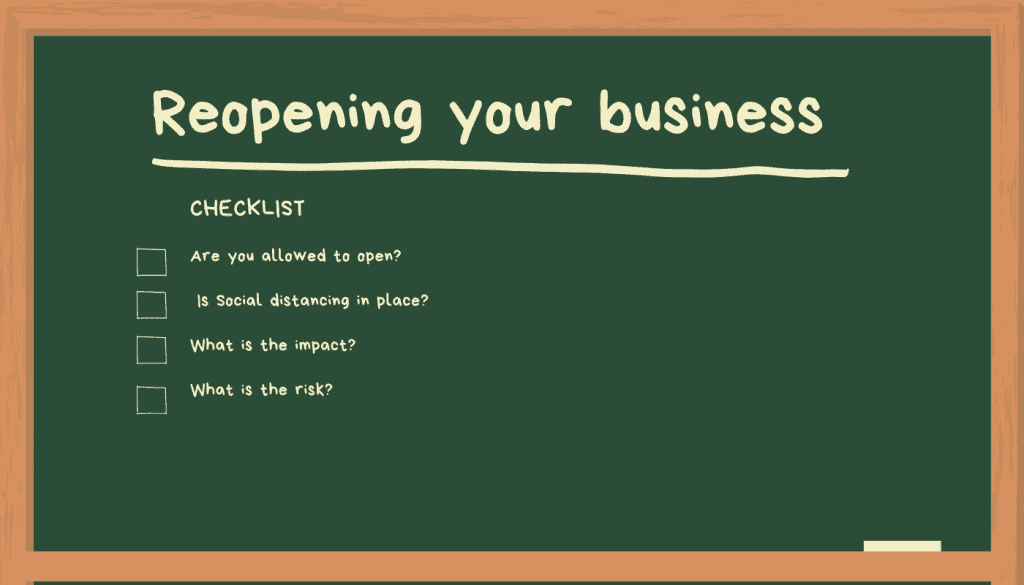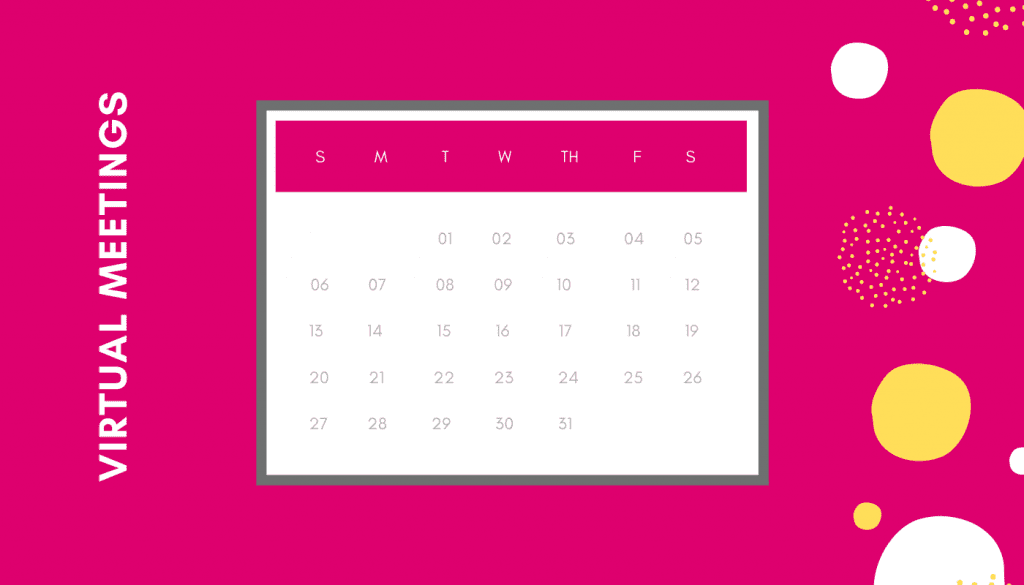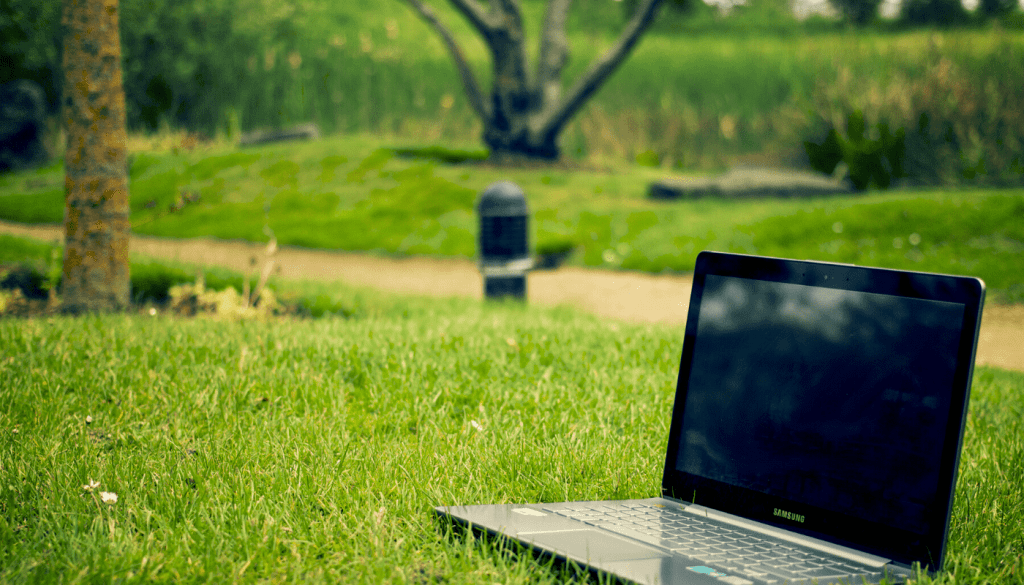
After Boris’ speech on Sunday, selected businesses are now allowed to open under the new HSE guidelines. If you are considering opening…

After Boris’ speech on Sunday, selected businesses are now allowed to open under the new HSE guidelines. If you are considering opening…

To charge or not to charge? That is the question. Right now many business owners are in desperate need of…

DO YOU RUN A CHILDREN’S NURSERY? Beware of the new furlough rules! If you operate a Childs Nursery or playground and receive…

How to preserve your cashflow during COVID-19 As the saying goes, turnover is vanity, profit is sanity and cash flow…

How to keep employees motivated when working virtually. Working virtually for a day or two is often a welcome relief…

Running effective virtual meetings Videoconferencing has been available for decades for larger companies, but until recently the majority of meeting…

Working From Home where possible Due to the current Covid-19 crisis, the government has issued measures stating that everyone should…

Tough Times Ahead – We Are All In This Together Without doubt we are facing an unprecedented difficult time. Small…

How to make your business more eco-Friendly. Since the industrial revolution both carbon levels and global temperatures have increased dramatically….

INSTANT RESPONSE TIME Growth in technology has lead to the need for instant gratification. With everything available at the click…